How often and how to water my spinach?

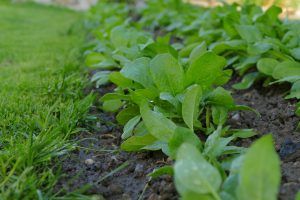 Spinach is a very popular vegetable for its high vitamin content, as well as being delicious.
Spinach is a very popular vegetable for its high vitamin content, as well as being delicious.
These characteristics have made it a fundamental piece when deciding to have a home garden.
Getting spinach to develop exceptionally is a task that may require some effort, giving great value in return.
And irrigation is a fundamental part of this whole process, so now we will dedicate ourselves to studying in depth everything about spinach irrigation. Are you coming with us?
Important points when watering spinach:
- Irrigation frequency: once or twice a week at the beginning of planting, every day when the leaves are developing, two or three times a week towards the end of the process.
- Irrigation method: sprinkler.
- Optimum time of day for irrigation: very early in the morning to avoid leaf burn.
- Identify excess water: root rot.
- Identify lack of water: plant that does not grow according to its cycle.
What irrigation needs does spinach have?
Spinach needs to enjoy a soil with a good level of moisture throughout the development process.To achieve this end, the risks are established based on the conditions of the land, mainly, applying them as it dries up.
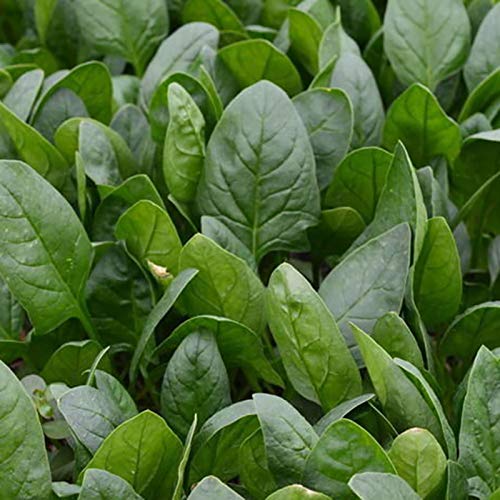
When the plant is in full phase of growth and leaf production, its irrigation needs are greater than on days when the harvest is approaching. That is why it is essential to have excellent planning that refers to sowing times and the entire life cycle that it fulfills.
How can we detect the lack of irrigation in spinach?
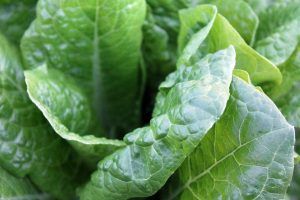 The lack of irrigation will be noticeable in the growth of the plant, which will hardly be able to establish itself vigorously.
The lack of irrigation will be noticeable in the growth of the plant, which will hardly be able to establish itself vigorously.
If you notice that your spinach is much smaller than it should be for its time and that the soil around it is somewhat dry, it is likely that the amount of watering is not being enough.
Sometimes the leaves can start to look defective, varying in color between yellow and brown, especially in the extreme areas.
How often should we water spinach?
A good way to ensure that spinach receives a suitable amount of water is to apply more frequent irrigations with less amount of liquid. At the beginning of the production cycle, watering can be between 2 and 3 times a week.
In this way, you will be giving the plant the opportunity to receive what it needs to grow. After that, when the leaves are in full formation, watering will have to be more frequent, even settling daily.
For the end of the cycle, when harvest days are near, watering is reduced to 1 or 2 per week, always taking into account weather conditions. If it is very hot and evaporation is really accelerated, water more frequently, because you should not let the soil dry out.
What is the best way to water spinach?
The best method to irrigate spinach is sprinkler, since it distributes the water in a balanced way throughout the crop. This system has the superior advantage that it simulates rain, which facilitates the homogeneity of the water received if it has been correctly distributed on the ground.
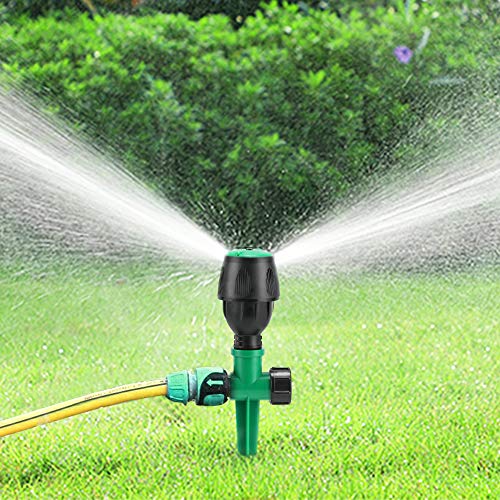
For spinach it is an ideal method because it helps to supply the right amount of water, gently and covering practically the entire crop. In this way, it is very unlikely to suffer from waterlogging or drought problems, regardless of the type of soil in which you have your spinach planted.
Another benefit is that you can have it with mechanized systems, so you won’t have to be aware of the irrigation time. In any case, if your spinach crop is small or you are not interested in installing sprinkler irrigation, you can irrigate with the help of a water source.
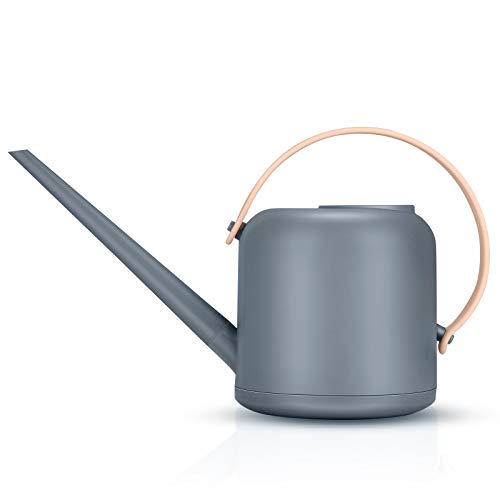
This can be a watering can or container of any kind where you only have to ensure that the flow of water that comes out is smooth. You can spray the leaves if you apply the irrigation very early in the morning, since the drops of water with the strong sun could cause burns.
How do we detect excess water in spinach?
Excess water will cause rot in the root system that will quickly reach the aerial part due to the way spinach grows. This, as a consequence, could cause you to lose the entire harvest, so pay close attention to the actions you take regarding irrigation.
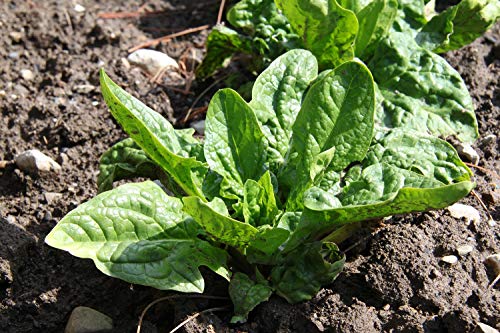
In general, it is better to irrigate with an apparent deficit than with an evident excess. Keep in mind that a plant suffering from rot tends to be very difficult to recover and nobody wants it. Take advantage of all these tips for watering spinach and enjoy a bountiful harvest of excellent quality.
Maybe you are also interested in:




![Photo of Plusia or Green Worm: [Characteristics, Detection, Effects and Treatment]](https://www.complete-gardening.com/wp-content/uploads/2022/08/plusia-or-green-worm-characteristics-detection-effects-and-treatment.jpg)